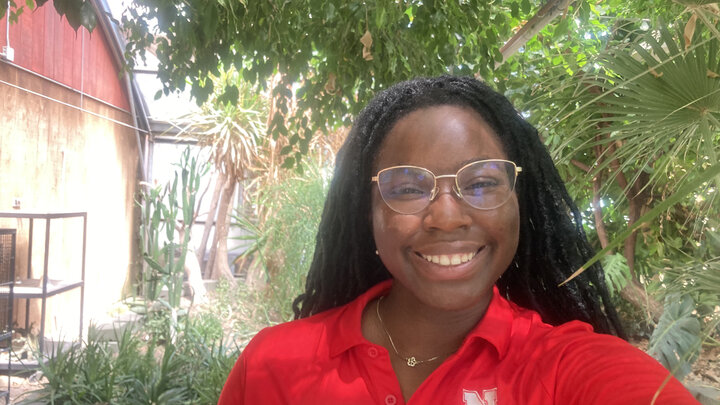In this series of articles, I’d like to introduce you to the Social Change Model of Leadership Development and the “7 C’s.” This model of leadership development defines leadership as a process to create change that will help other people. It was developed in 1993 by the Higher Education Research Institute of the University of California Los Angeles to encourage service projects and guide hands-on learning experiences for students. Most of the content for these articles will come from UCLA’s guidebook on the subject.
The Social Change Model looks at leadership development from 3 different levels—individual, group, and community, and explores how we fit together building our personal talents with improving our community as a whole. One way to think about the process is by comparing it to a group creating music—everyone has their unique part, but together they create a richer song.
Here are three questions UCLA looked at to think through this process:
- How can we develop the individual in a way that supports positive social change and is of the most benefit to the community as a whole?
- How can the process of collaborative leadership development create positive social change?
- Toward what community impact is this leadership development directed?
The Social Change Model also makes it clear that EVERYONE can be a leader, not just those who hold formal leadership positions. Leadership is viewed as a process rather than a position. In other words, leaders are made, not born.
The 7 C’s I mentioned earlier are a way to think about your personal leadership development from the individual, group, and community levels. These C’s are: Consciousness of self, Congruence, Commitment, Collaboration, Common Purpose, Controversy with Civility, and Citizenship. We will walk through each of these pieces over the next 7 weeks, and then wrap everything up in a final article.
Tip of the Week:
For inspiration, read the Kansas Leadership Center’s book When Everyone Leads, by Ed O’Malley and Julia Fabris McBride.




